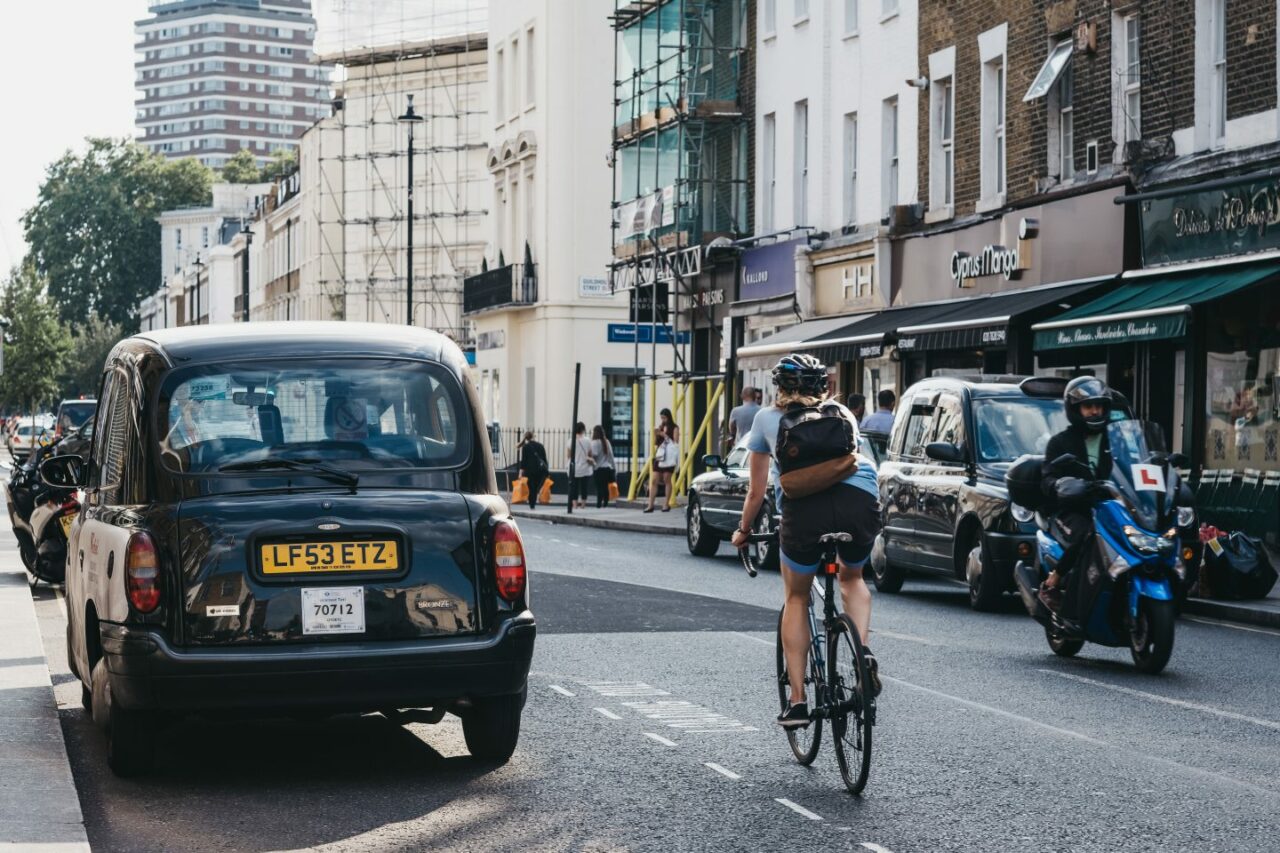

Any seasoned cyclist will be well aware of the dangers facing them on Britain's busy and often treacherous roads. But, when it comes to cycle safety on the roads, many people have gaps in their understanding of the all-important Highway Code.
According to The Bike Storage Company, 60 percent of people who took a quiz on what they knew (and didn't) about the Highway Code wrongly believed that it was legal to cycle on the pavement; something which is only legal in certain circumstances! A full list of the Highway Code rules applicable to cyclists can be found here.
So, what do cyclists need to know about road safety, both to protect themselves and to help enhance the safety of other road users and pedestrians? Let's take a look.
Road safety for cyclists: the rules
Not everything in the Highway Code is a mandatory instruction. It also offers advice which you can choose to follow or not (but our advice is to pay attention to it where possible!). It's important, therefore, to know what the mandatory rules for cyclists are and to keep them in mind.
Here are some rules you must follow while cycling on the road:
Lighting and reflectors

Cyclists must have approved lights and reflectors when on the road between sunset and sunrise. Front and rear lights are mandatory (white at the front and red at the rear). You may also need your lights through the day if the prevailing conditions result in poor visibility. You will also need red rear reflectors and four amber pedal reflectors – one at the front and rear of both pedals.
Cycling on the pavement

As we've noted, cyclists can only cycle on the pavement in some situations. However, the law is not overly specific on this; in practice, it falls to the discretion of the police. You should only cycle on the pavement if it is unsafe for you to do so on the road, for whatever reason, and you must continue to show due consideration for people on the pavement (pedestrians, people on motorised scooters, people with prams etc.)
Stopping at red lights

Cyclists who cross the stop line while the traffic lights are still on red can be fined £50. However, where there is an advanced stop line (or 'bike box', as they're also known), cyclists can place themselves ahead of motorised traffic so long as they remain behind the advanced stop line.
Riding two (or more) abreast
Rule 66 of the Highway Code states that cyclists should "never ride more than two abreast and ride in single file on narrow or busy roads and when riding round bends". However, despite this, cycling more than two abreast is not illegal. The application of this rule depends on the exact context of the situation.
Braking

You must have two fully-functioning, efficient braking systems (independently operating on the front and rear tyres) if you're cycling on the road.
Cycling dangerously or under the influence
Anyone caught in charge of a bicycle on the road or other public places while under the influence of alcohol or drugs can be fined up to £1,000. Dangerous cycling can result in a charge of 'furious cycling', which may even carry a prison term! The charge of careless cycling, meanwhile, can carry a fine of between £1,000 and £2,500.
Road cycling safety tips
Here are some other safety tips to consider when you're riding your bike on the road:
- Make yourself easily visible to other road users. You can do this by wearing bright clothes during the daytime and hi-vis reflective gear and accessories when it's dark.
- Stay vigilant at all times. There will be instances where you simply can't account for the actions of other road users, but by staying alert you are much better placed to take action if necessary.
- Equip yourself with adequate safety equipment and accessories. Many types of cycling-related injuries can occur from head injuries to road rash. Accessories such as rear-view mirrors can give you a much better view of your surroundings and help to prevent accidents.

- Make deliberate eye contact with drivers. This way, you can be sure that they've seen you.
- Use hand signals to alert other road users. Always make sure you make it clear when you're turning, and the direction you're heading in. This will give drivers ample warning to slow down and give you space.
- Keep your distance from HGVs and other large vehicles. The drivers of these vehicles may not have a clear view of you, so for your safety, you should maintain a careful distance.
On the whole, cycling on the road is relatively safe and many people do it every day of the week. But by with some simple steps and taking the time to understand the rules of the road as they apply to you and other road users, you can significantly improve both your safety and the safety of other people.






